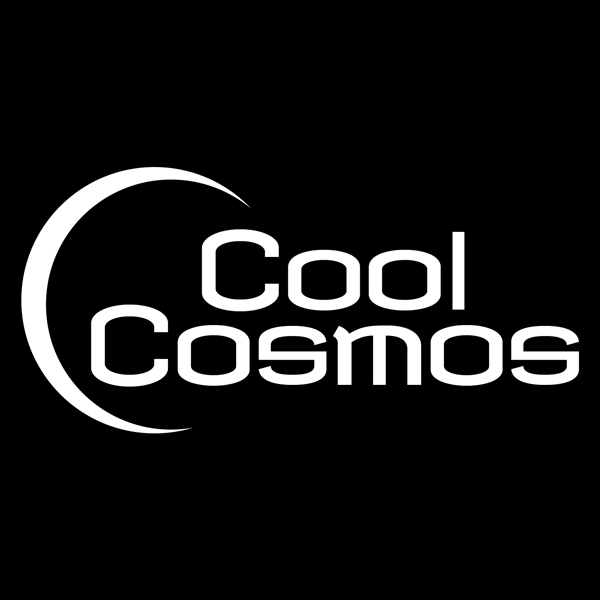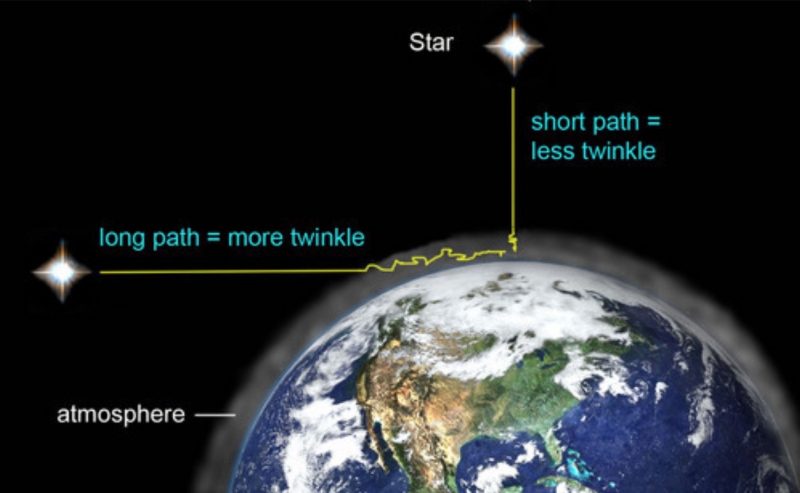I remember when planets became invisible in SuperCruise* just over a year ago and some forumites were saying how they shouldn’t be visible anyway and then it got fixed in the latest Update 
 forums.frontier.co.uk
forums.frontier.co.uk
*turns out the white dots were getting stuck to the skybox
———
 issues.frontierstore.net
issues.frontierstore.net
Anyone experiencing invisible planets in SC until you get very close to it?
The planet is not visible until about 5-2 Ls. Please add to the issue if you have the same problem. https://issues.frontierstore.net/issue-detail/48765 Invisible: And suddenly visible: The problem seems to be in different handling of planets in SC in Horizons vs Odyssey. Here is the...
*turns out the white dots were getting stuck to the skybox
———
I could’ve sworn this was an acknowledged issue but my Issue Tacker search has failed - however there is this recent report that I’m about to add my confirmations to:My personal fav though is how the entire system is lit according to the light level falling on me (yes I am the center of the universe).



